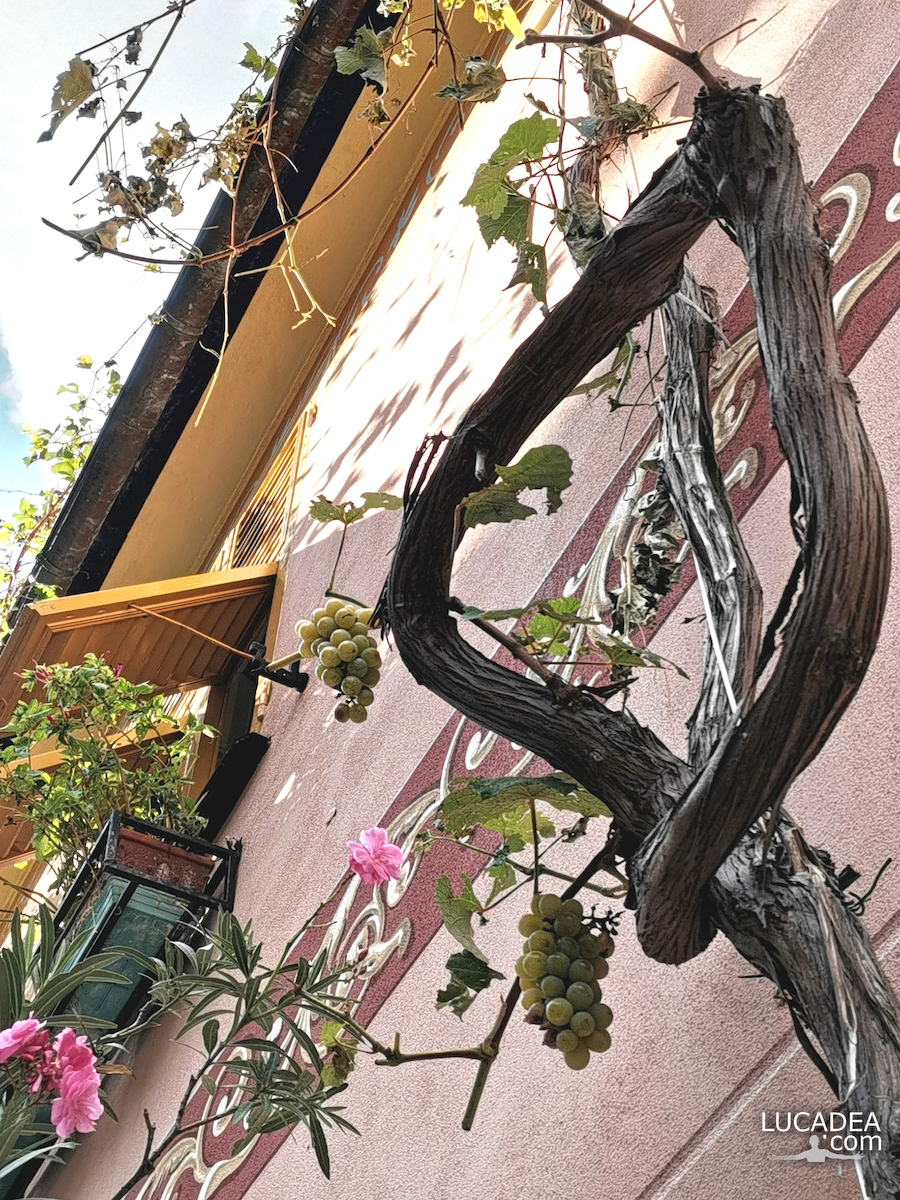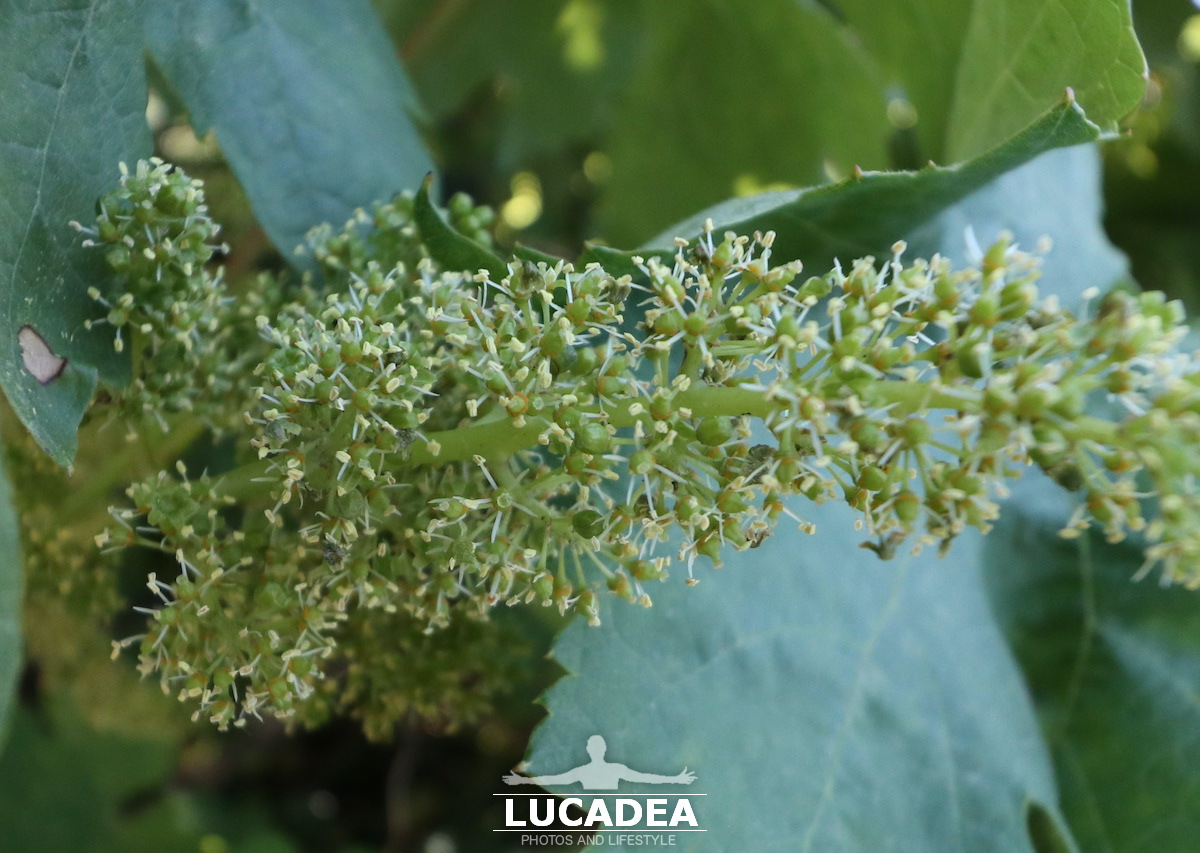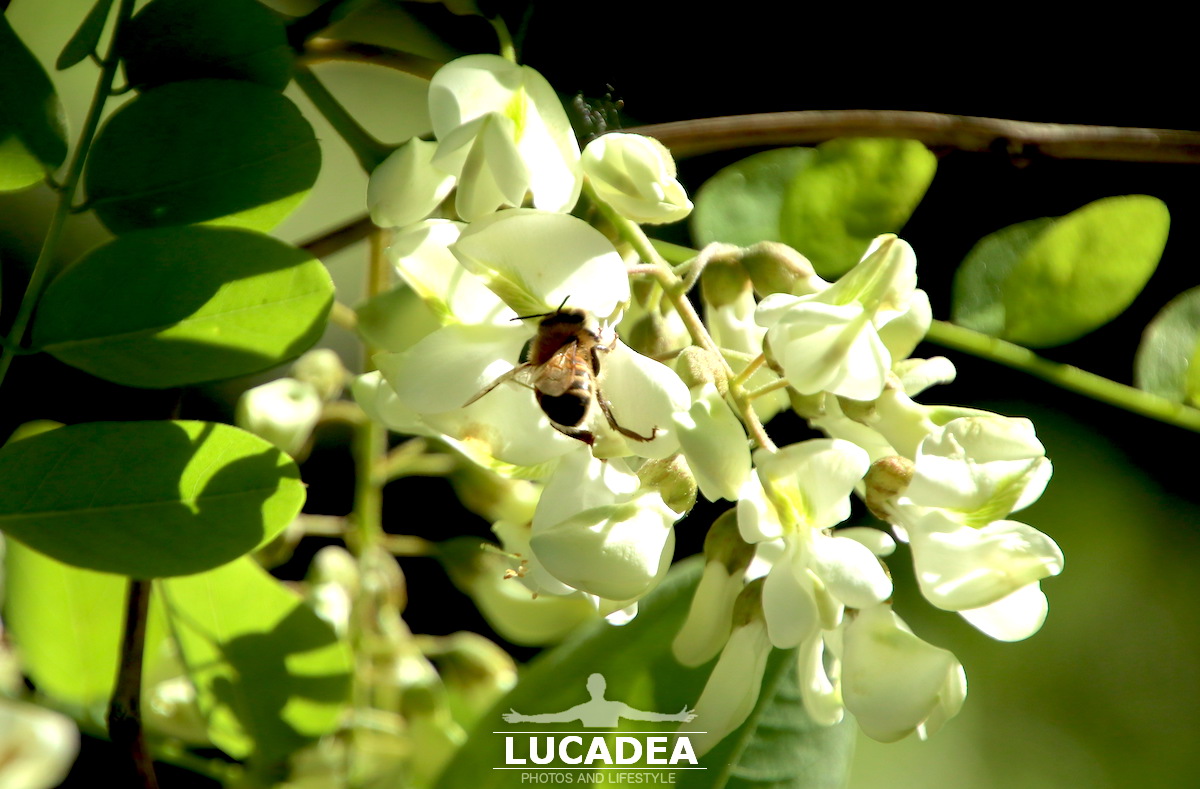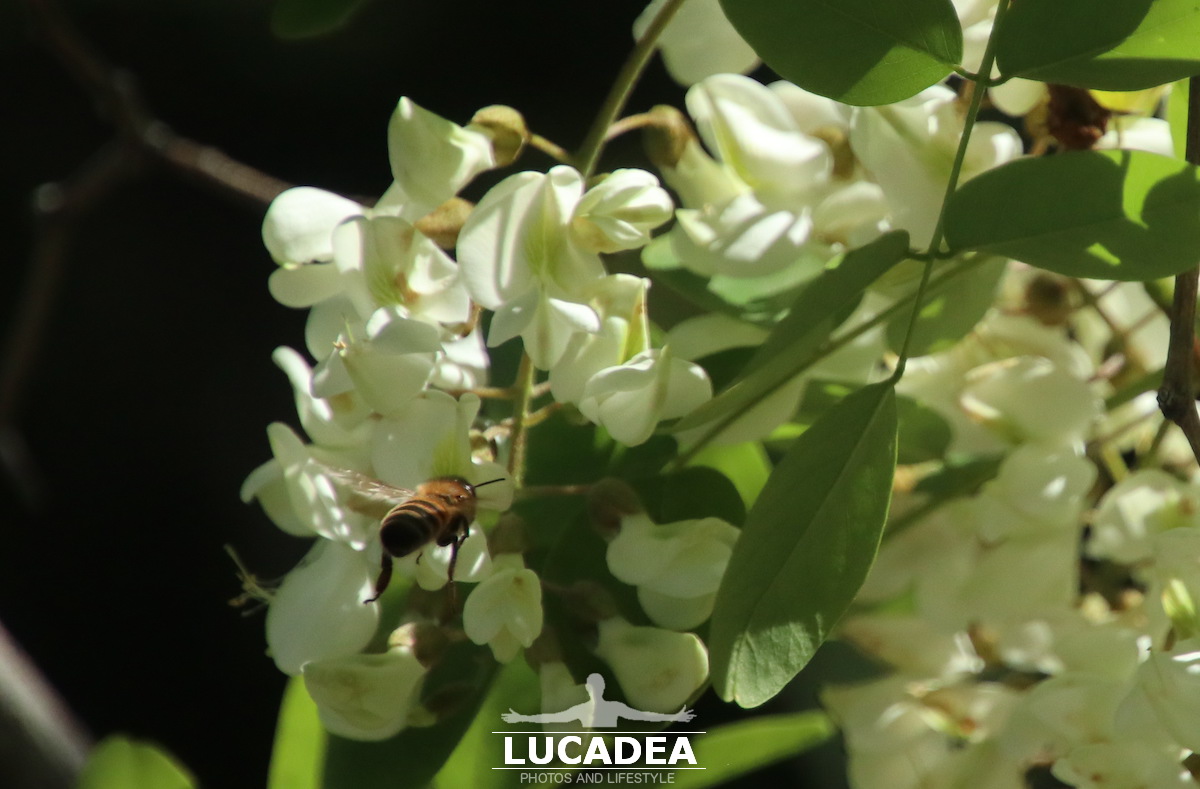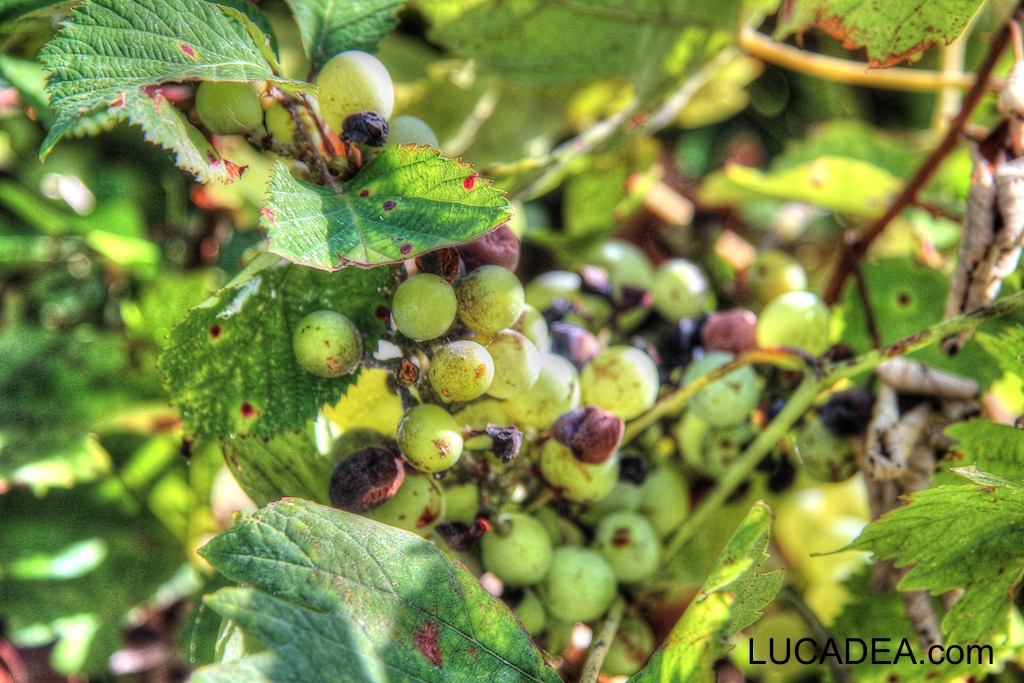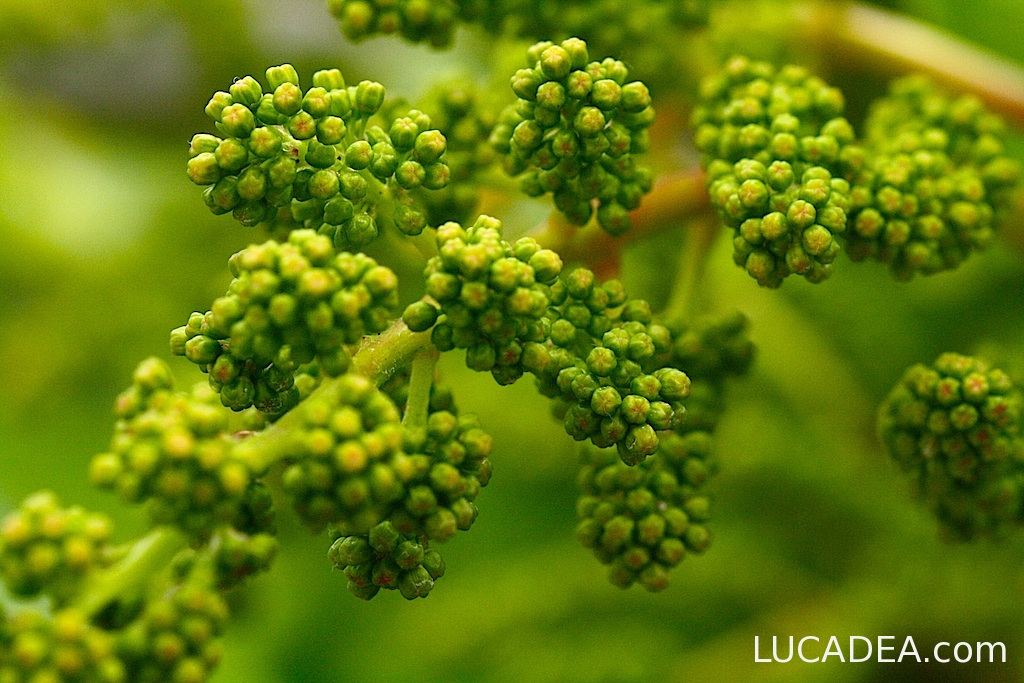Grapes from the vineyard of a Casa delle Viti in Sestri Levante.
Those who frequent this site (or at least know Sestri Levante) know that in my town there are three so-called vine houses.
They are called this because on the facades there are vine plants that climb up to the top floor of the buildings.
Last autumn, after a long time, I also managed to see the beautiful bunches of grapes that these vines produce and I decided to document them with a photo.
This is the house in via della Chiusa, probably the best known and most photographed one that I have already told you about (here).
Do you know this house? Add a comment or go to the bottom of the site to read what other visitors have written.
Photo taken with Honor 20.
Grapes are the fruit of the vine (Vitis vinifera) and other species or hybrids of the genus Vitis. The bunch is composed of a stalk (very rarely called a stalk), and numerous grapes (also called grapes, these are berries), small in size and light in color (yellowish-green, yellow, golden yellow) in the case of white grapes, or dark in color (pink, purple or bluish violet) in the case of black grapes.
Continue and learn more on Wikipedia

